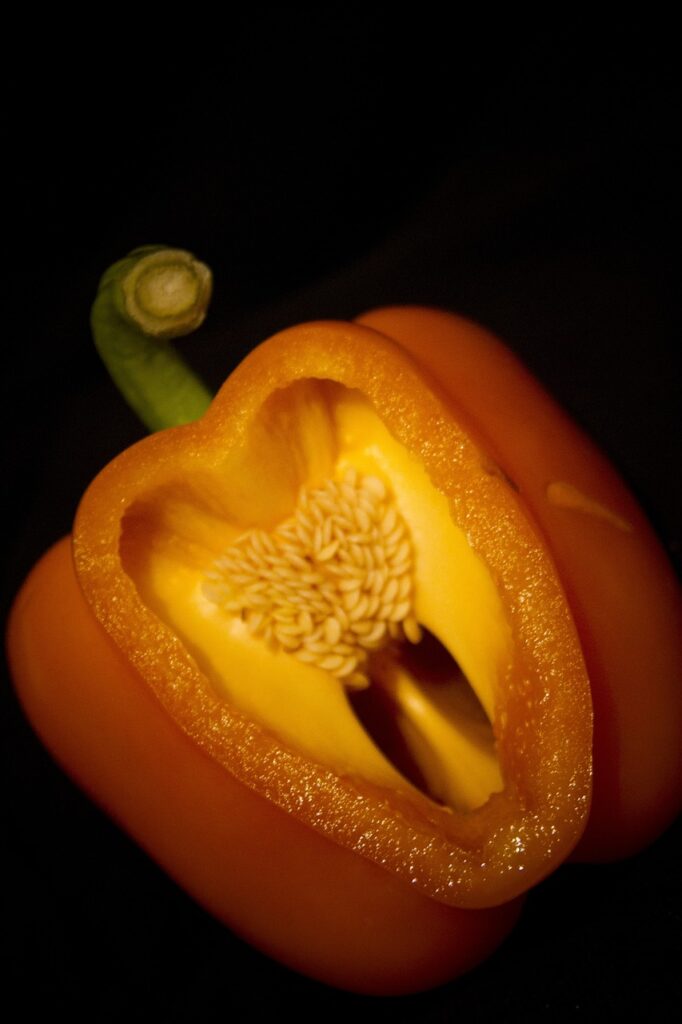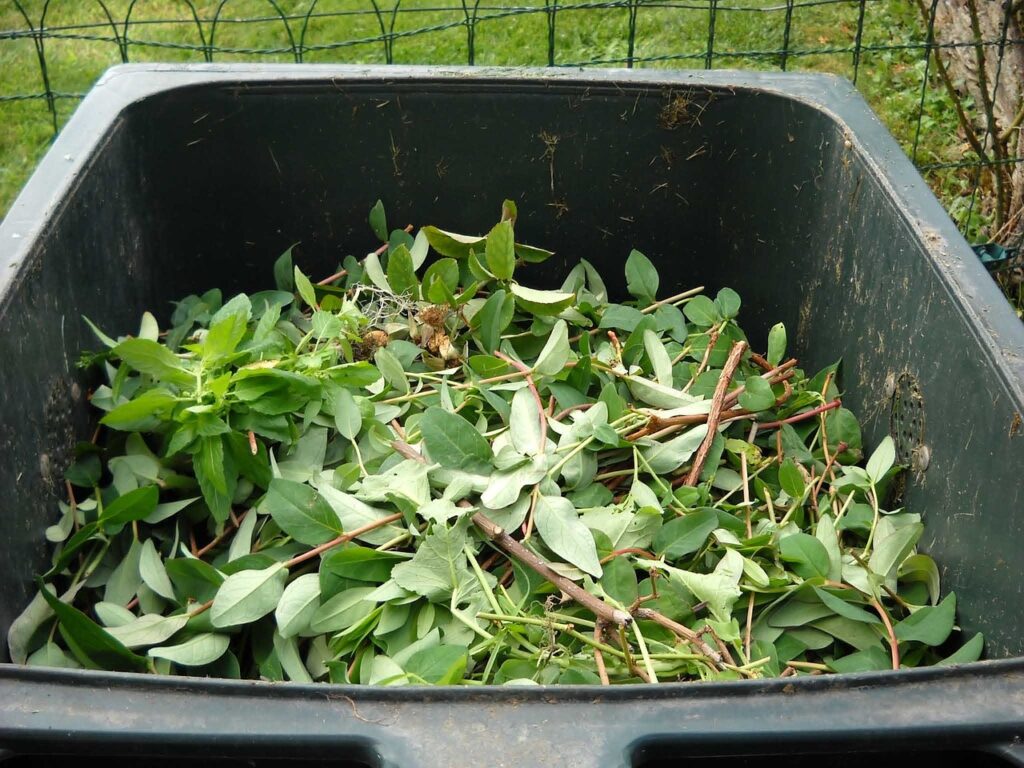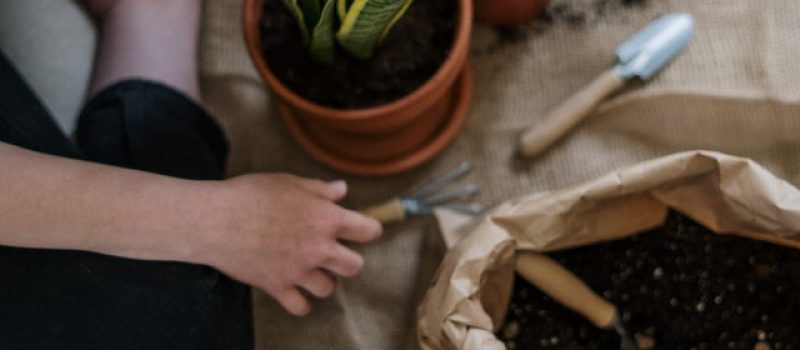

Grow Your Own Plants from Food Waste: A Guide to Regrowing Vegetables, Herbs, and Fruits
Reduce, reuse, and recycle are the three R’s that have become increasingly important in our daily lives. One of the ways we can reduce waste and reuse our resources is by growing plants from food waste. You might be surprised to learn that many fruits and vegetables can be regrown from their scraps. In this blog, we will explore some of the plants you can grow from food waste and how to do it.
Regrow Vegetables
Vegetables are some of the most common types of food waste that can be regrown. Here are a few examples:
Lettuce: Save the base of your lettuce and place it in a bowl of water. Make sure the base is submerged in the water and change the water every few days. In a week or two, you should see new leaves sprouting from the center of the base.
Cabbage: Cut off the bottom of the cabbage and place it in a shallow dish of water. Change the water every few days and keep it in a sunny spot. New leaves will start to grow in a few days, and in a couple of weeks, you’ll have a new cabbage plant.
Celery: Cut off the bottom of the celery and place it in a dish of water. Keep it in a sunny spot and change the water every few days. In about a week, you should see new leaves sprouting from the center of the base.
Onion: Save the root end of an onion and plant it in soil with the pointed end facing up. Keep the soil moist and in a sunny spot, and in a few weeks, you should see new growth.


Herbs
Herbs are another type of plant that can be easily grown from cuttings or stems. Here are a few examples:
Basil: Cut off a stem of basil, making sure it has a few leaves attached. Place the stem in a glass of water and keep it in a sunny spot. In about a week, roots should start to form, and you can plant it in soil.
Mint: Take a stem of mint and remove the leaves from the bottom half. Place the stem in a glass of water and keep it in a sunny spot. In about a week, roots should start to form, and you can plant it in soil.
Cilantro: Cut off a stem of cilantro and place it in a glass of water. Keep it in a sunny spot, and in about a week, roots should start to form. Once the roots are a few inches long, you can plant it in soil.
Fruits
Some fruits can also be grown from their seeds or pits. Here are a few examples:
Avocado: Remove the pit from an avocado and rinse it clean. Use toothpicks to suspend the pit over a glass of water, making sure the bottom is submerged in the water. Keep it in a sunny spot, and in about six weeks, roots should start to form. Once the roots are a few inches long, you can plant it in soil.
Lemon, orange, and grapefruit: Save the seeds from these citrus fruits and rinse them clean. Plant them in soil with the pointed end facing down. Keep the soil moist and in a sunny spot, and in a few weeks, you should see new growth.


Composting
If you have food waste that can’t be regrown, you can still use it to create compost. Composting is the process of breaking down organic matter, such as food waste and yard waste, into a nutrient-rich soil amendment. Compost can be used to improve soil quality and help plants grow.
To create compost, collect your food waste in a compost bin or pile. This can include fruit and vegetable scraps, egg, shells, coffee grounds, and tea bags. Avoid adding meat, dairy, and oily foods as they can attract pests and take longer to decompose.
Add dry materials like leaves, grass clippings, and shredded paper to the compost pile to balance the moisture level. Turn the compost pile every few weeks to aerate it and speed up the decomposition process. In a few months to a year, the compost should be ready to use as a nutrient-rich soil amendment for your plants.
Growing plants from food waste is not only a fun and rewarding activity but also a sustainable way to reduce waste and reuse resources. Whether you’re regrowing vegetables, propagating herbs, or starting plants from seeds, you can enjoy fresh produce and save money on groceries. Don’t forget to compost any food waste that can’t be regrown to create a nutrient-rich soil amendment for your plants. By taking small steps to reduce waste and recycle our resources, we can make a positive impact on the environment and our communities.
Related Articles
Plants have been an integral part of human life for thousands of years. From providing food and shelter to serving as symbols of beauty and peace, plants play ….
Indoor gardening has become increasingly popular in recent years, as more people look to bring the beauty and benefits of plants into their homes. However, choosing the right type of indoor soil can be ….

Propagating Peace Lilies
Peace lilies (Spathiphyllum) are beautiful indoor plants that are known for their long-lasting white blooms and air-purifying qualities. If you’re looking to increase your collection of peace lilies, you can propagate them through division or ….
© 2023 All Rights Reserved.

